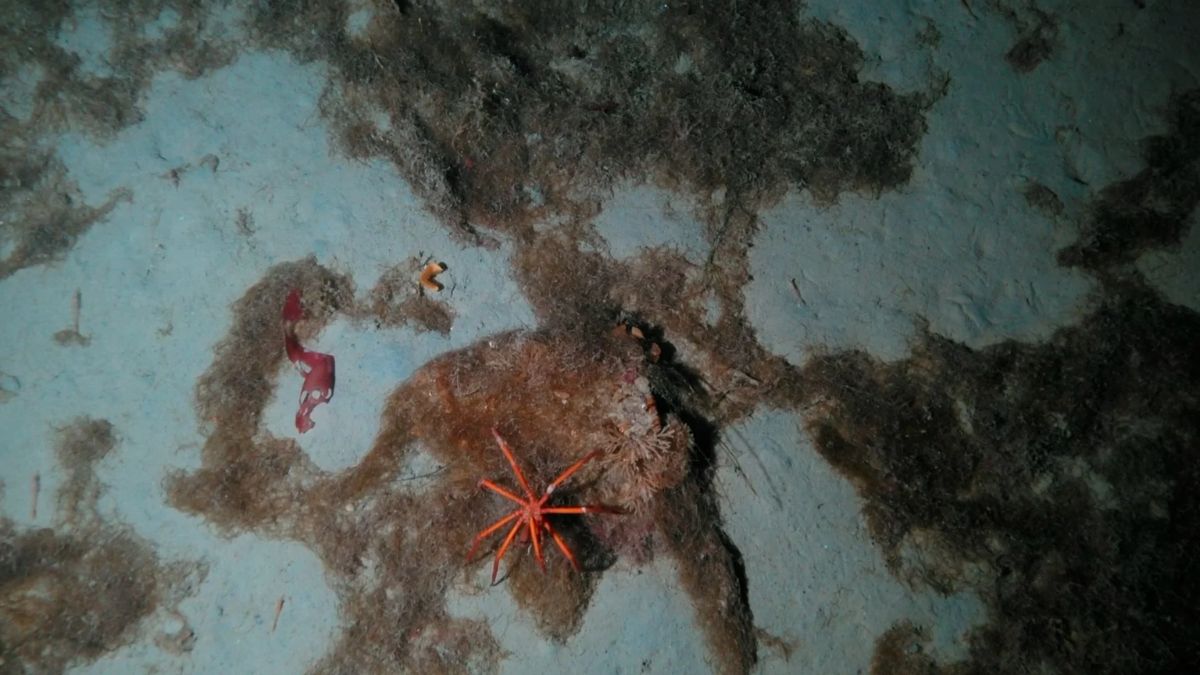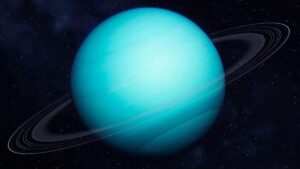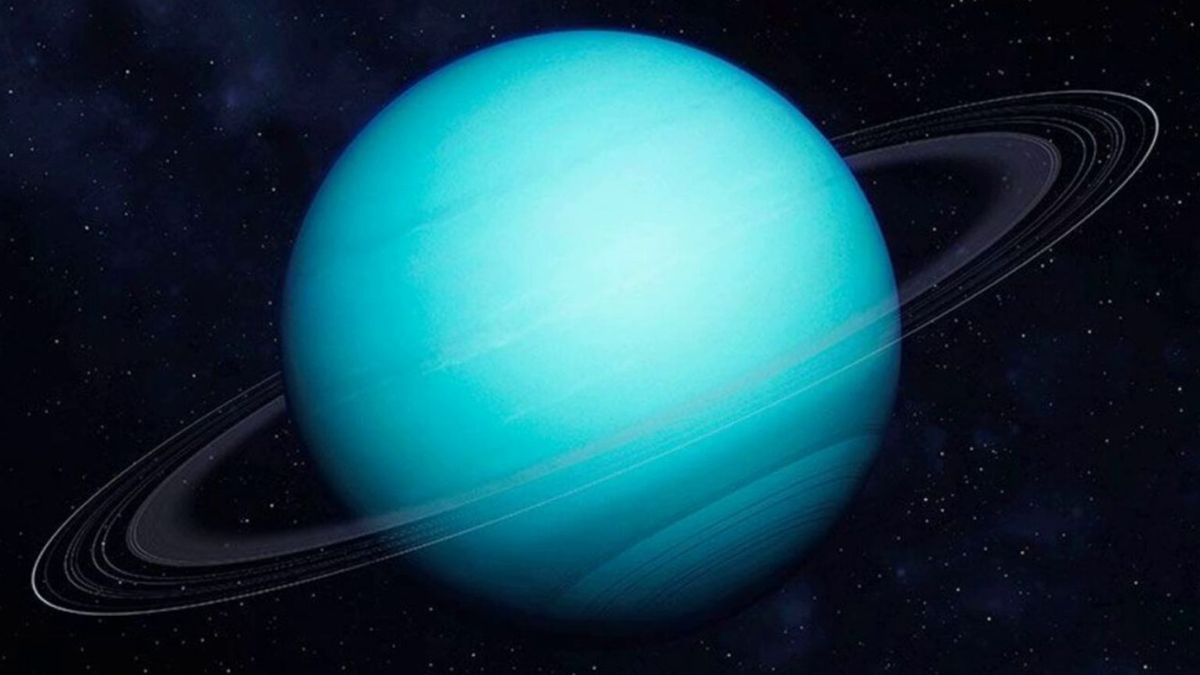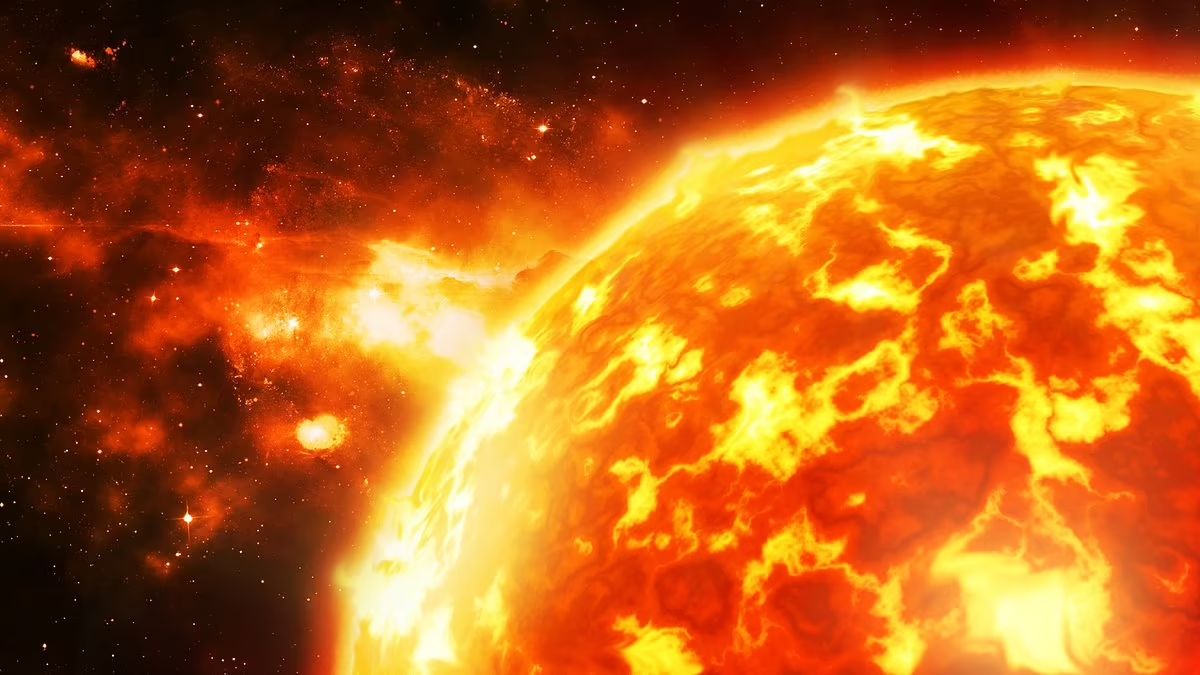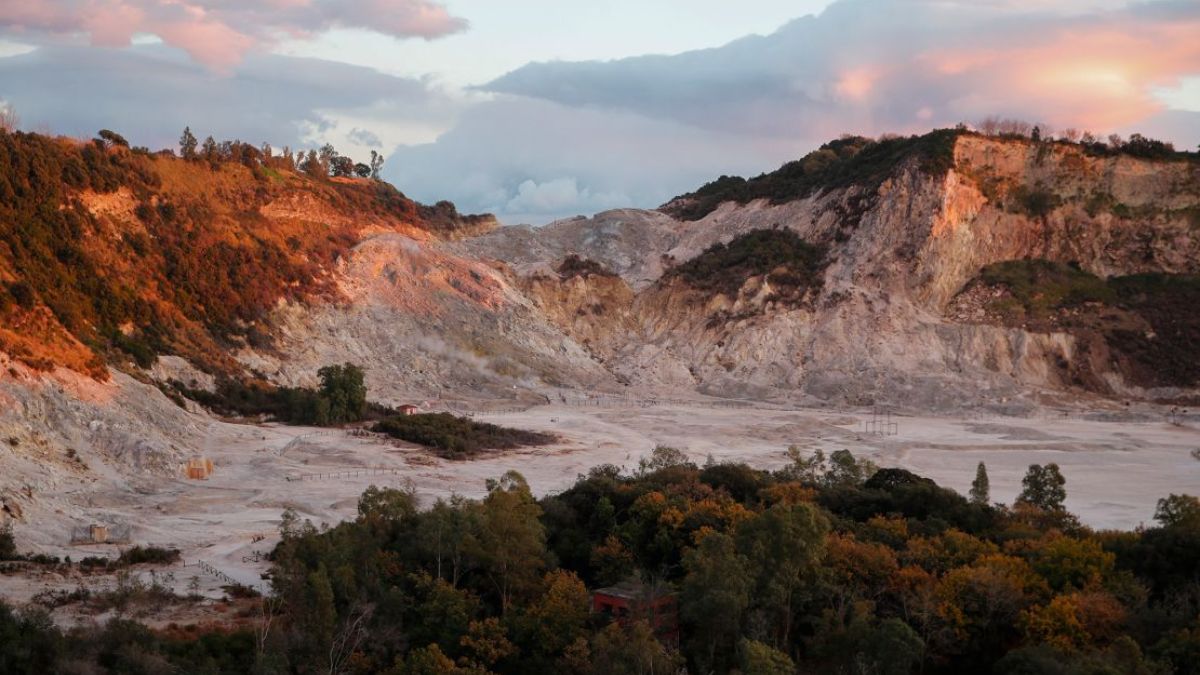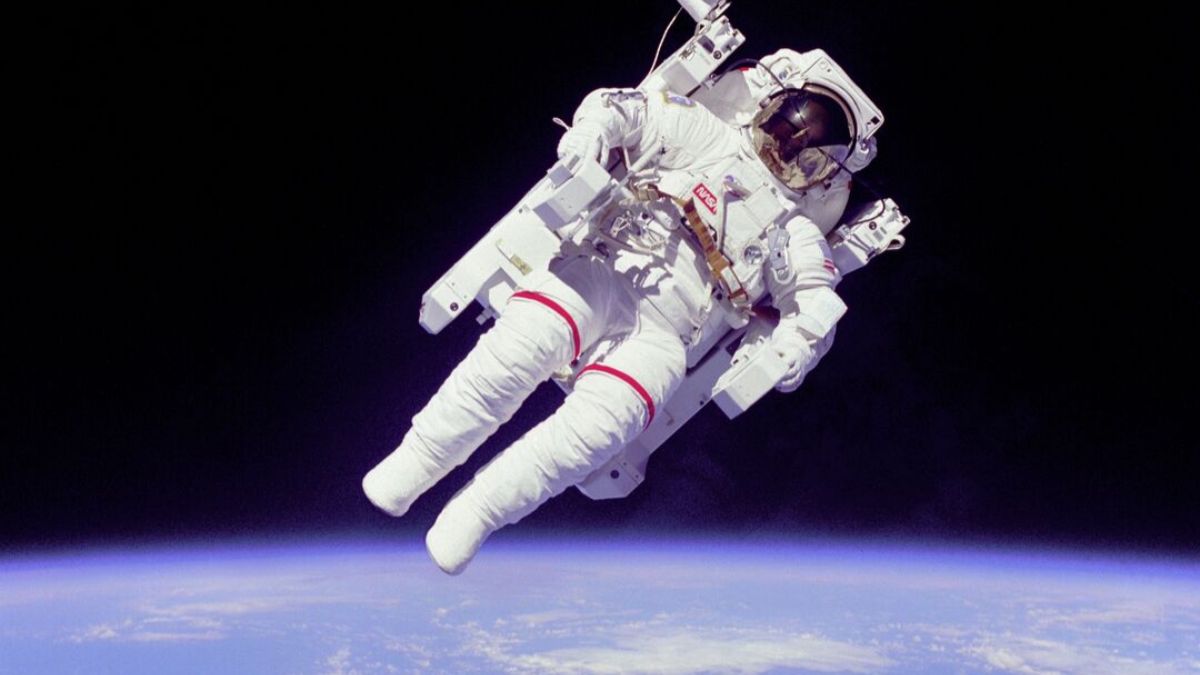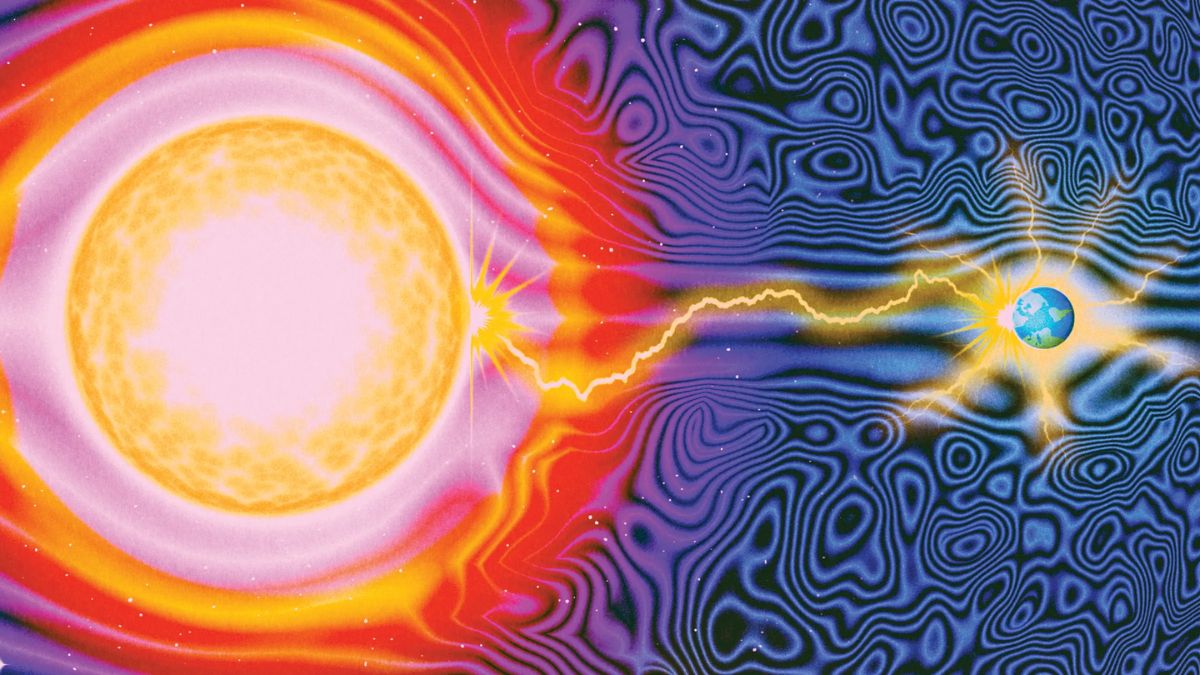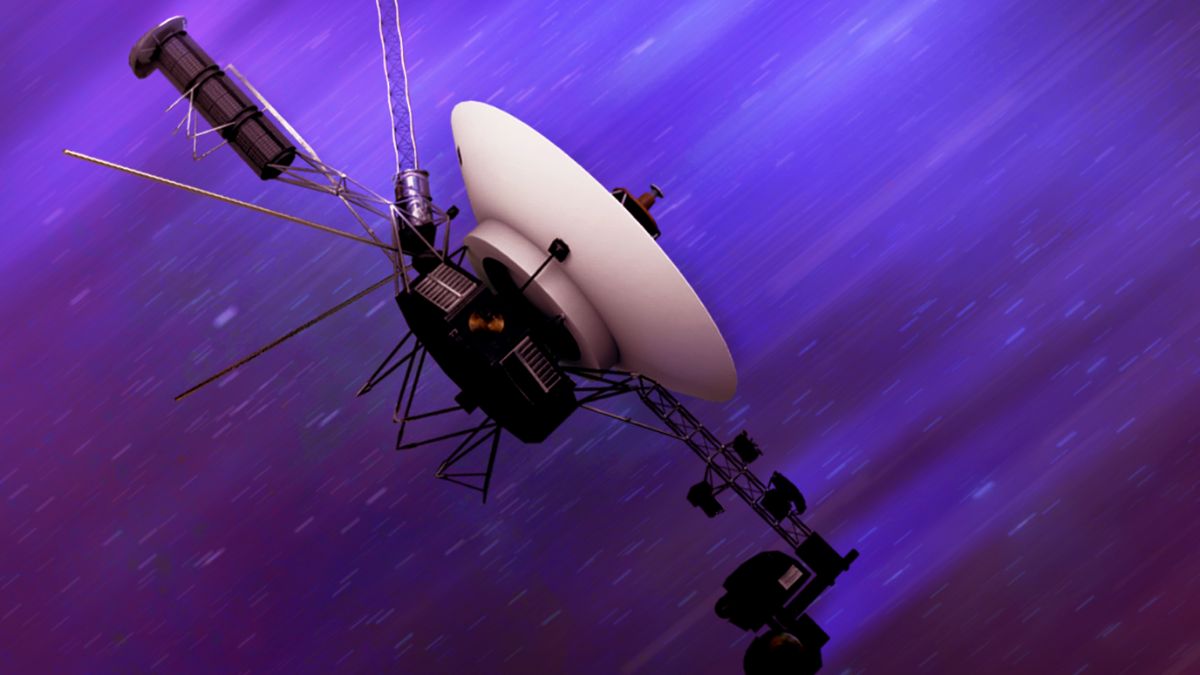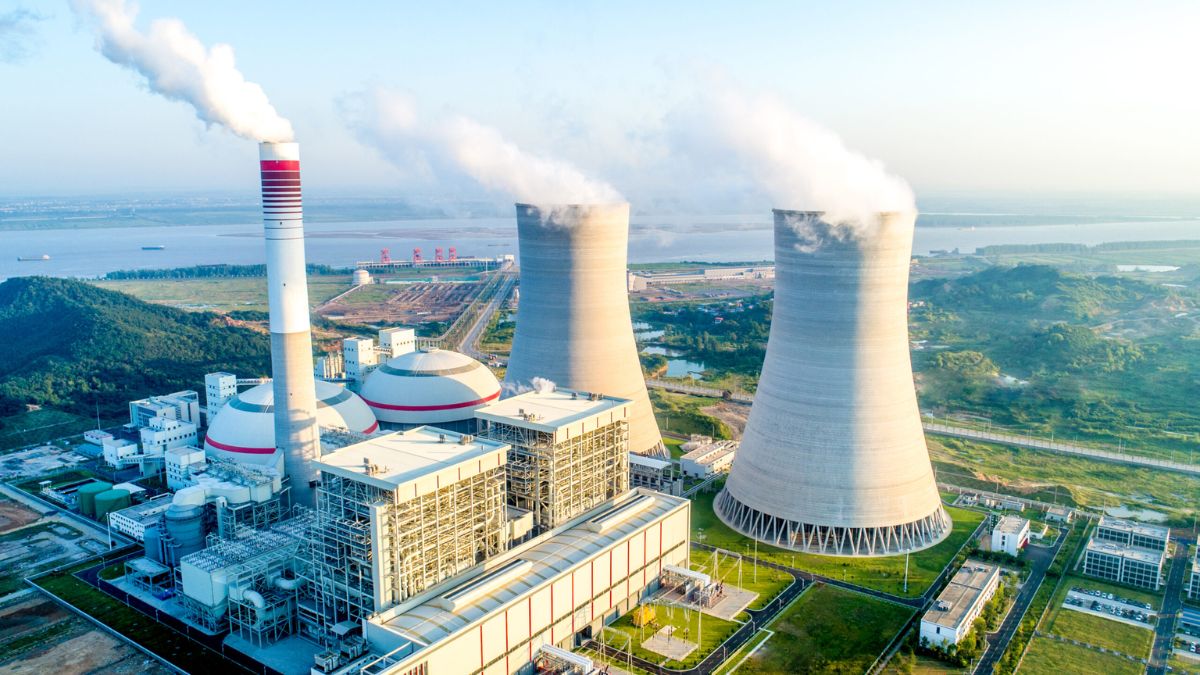Antarctica may seem like one of the last untouched places on Earth, but human activity is reaching even its most remote corners. Recently, scientists discovered that ship anchors are causing serious harm to the seabed in the Southern Ocean, and it’s affecting marine life in ways we hadn’t realized before.
This new finding was captured in an underwater video, and while it wasn’t the footage researchers expected, it’s shedding light on an issue that deserves way more attention. Let’s dive into how ship anchors are damaging fragile ecosystems in Antarctica—and what we can do about it.
Antarctica
Antarctica is a frozen continent located in the far south, surrounded by the Southern Ocean. While most people think of penguins and icy landscapes, this region is also home to over 4,000 marine species, many of which live on or near the seabed. This seabed plays a vital role in maintaining marine biodiversity and is crucial for scientific studies related to climate change.
But Antarctica is delicate. Its unique ecosystems can be easily thrown off balance by even small disturbances—let alone massive metal anchors being dropped into the ocean.
Footage
In 2023, scientist Matthew Mulrennan set out to film a colossal squid in Antarctica. But instead of catching a glimpse of the elusive creature, his underwater camera revealed something else—deep scars across the seabed.
What he saw was shocking: long tracks where the seabed had been stripped clean, with no life in sight. These were areas where ship anchors and their chains had clearly been dropped and dragged. The contrast between the untouched seabed and the damaged parts was striking—and heartbreaking.
This was one of the first real visual proofs of how anchors destroy marine ecosystems. Until now, the damage caused by anchors had mostly been overlooked.
Anchors
Everyone knows what a ship anchor is—it’s a heavy object dropped to the seabed to keep a ship in place. But what most people don’t realize is how much destruction it can cause on the way down and when it’s dragged across the ocean floor.
These anchors can weigh several tons, and when they land, they crush corals, sponges, and other organisms. But it doesn’t stop there. The anchor chains, which connect the ship to the anchor, are also dragged along the seabed by water movement or ship repositioning, scraping and destroying everything in their path.
The worst part? This damage often goes unnoticed because it happens deep underwater—out of sight, out of mind.
Ships
Anchors don’t move on their own—they’re attached to ships, and those ships are increasing in number. Scientists say that the damage is mainly due to ships used for:
- Scientific research
- Commercial fishing
- Growing tourism
In particular, tourism in Antarctica has exploded. In recent years, tens of thousands of people have traveled to see the icy wonders of the south. In 2023 alone, more than 45,000 tourists were expected to visit. And with more ships come more anchors—and more destruction.
Solutions
So, what can be done?
Scientists have proposed a few simple but effective ideas:
| Suggested Solution | Purpose |
|---|---|
| Minimize anchor use | Encourage ships to anchor only when absolutely necessary |
| Designated anchor zones | Create “parking spots” at sea where anchors can be dropped without harming fragile areas |
| Better regulations | Develop international policies to protect sensitive seabed areas |
| Use dynamic positioning systems | Advanced ships can stay in place using thrusters instead of anchors |
Even though some damage has already been done, it’s not too late to slow it down. With the right rules and awareness, ship activity can be managed in a way that protects the environment.
Antarctica may feel far away, but the impact of what we do there echoes across the globe. It’s a reminder that even unintentional actions—like dropping an anchor—can have long-term consequences on ecosystems we barely know.
FAQs
What damage do ship anchors cause?
They crush marine life and scar the ocean floor.
Where was the damage filmed?
In Antarctica’s Southern Ocean during an expedition.
Why is Antarctica important?
It holds key ecosystems and helps study climate change.
What’s KREEP?
Not related here—it’s a lunar material, not marine.
How can we reduce anchor damage?
Use anchor-free zones or modern positioning systems.

